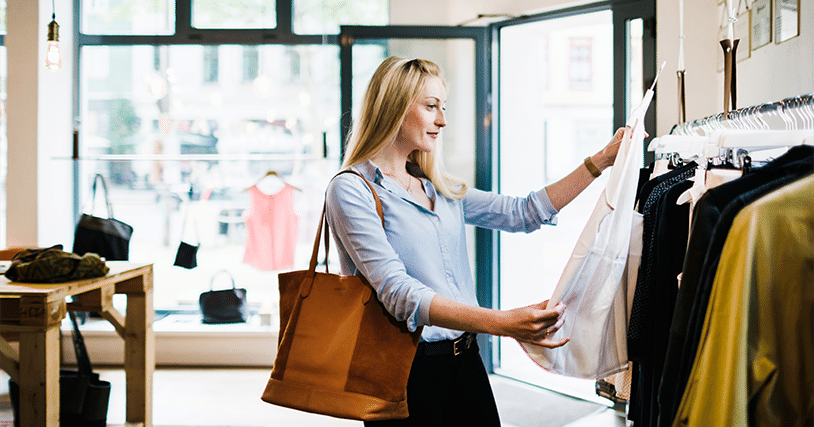
In contrast to previous years, when much of the talk focused on predicting Retail Armageddon and the domination of e-commerce, this year’s National Retail Federation’s “Big Show” presented a far more hopeful and innovative view of the brick-and-mortar store. Specifically, the evolving role of the store as a platform, a fulfillment center, a media channel and a lab.
The Store as a Platform
In the #NRF2022 keynote, Pete Nordstrom, President and Chief Brand Officer of Nordstrom, was asked about its strategies with Topshop and other merchandising brands. (As the NY Times reported, the retailer introduced the British fast-fashion chain into its stores a decade ago, with great success.) He stressed the need for a retailer to have a point-of-view.
The objective is not to create an open marketplace where everything is sold to everyone. Nordstrom’s customer experience is found in curated collections sold within a specific creative brand narrative. While consumers may have access to the same products through many other channels, Nordstrom presents its offerings within a well-defined context: high touch, high service, high value. It’s not just about what products can be purchased at what price; Nordstrom customers can say, “Now I can buy my favorite brands at my favorite store!”
The Store as a Fulfillment Center
Traditionally, Big Show attendees and presenters assumed the primary role of the store was to provide the in-person branded experience, while the role of the online site was to fulfill the consumer’s transactional need for products. Today, all would agree those roles have flipped. The pandemic drove industry-wide adoption of Buy Online, Pickup in Store (BOPIS) and curbside technologies. Consumers now look to the store for an efficient “get in and get out” experience to satisfy their immediate desire for products. The flipside is that the online experience has become the primary channel for shoppers to “search and discover.”
While neither channel is expected to give up their original responsibilities and core strengths, this paradigm shift warrants revisiting the customer experience. Since purchasing behavior is influenced by situational elements, context alters expectations.
Assuming the strength of brick-and-mortar is the in-person experience, retailers must consider how they can improve the transactional aspects of customer engagement to encourage continued patronage. If shoppers turn to the e-commerce site for search and discovery, how might that experience be extended or enhanced to promote greater brand loyalty?
Retail has always succeeded at delivering outstanding branded experiences both in store and online. Now the challenge is to fully integrate the two—not simply through an omni-channel approach, but a seamless journey from one to another—to create compelling experiences that may begin online and be fulfilled in store.
The Store as a Media Channel
On Day 2 of NRF’s Big Show, Mitch Joel’s presentation profiling Norman’s Rare Guitars provided a tangible case study of how the physical store may contribute to the online brand experience. Joel described how the retailer posted videos to its YouTube channel and website to showcase shoppers playing guitars in the store, from celebrities to musicians to children. What began as a way to feature products transformed into a media sensation with over half a million subscribers and 220M+ views. With its “All Guitar Network,” the retailer created a subscription-based, on-demand streaming experience for audiences, not unlike Netflix. The brand is now as much about performances and content as it is about the store experience.
The Store as a Lab
Lastly, NRF sessions explored the power of personalization, data and analytics to influence consumers and create or expand sales opportunities. In-store behavior provides retailers with rich insights into how their customers physically engage with the brand. Wi-Fi presence analytics, such as dwell times, repeat visits, and path analysis, offer clues as to what customers want and how they navigate their experience within the aisles. Through a continuous stream of real-time data, retailers can study the appetite for new products and effectiveness of active promotions, as well as uncover new ways to facilitate the shopping journey in relation to the store’s layout.
Retailers that can evolve the role of their stores and reimagine it as a platform, fulfillment center, media channel, and lab will have more ways to engage and increase brand loyalty.